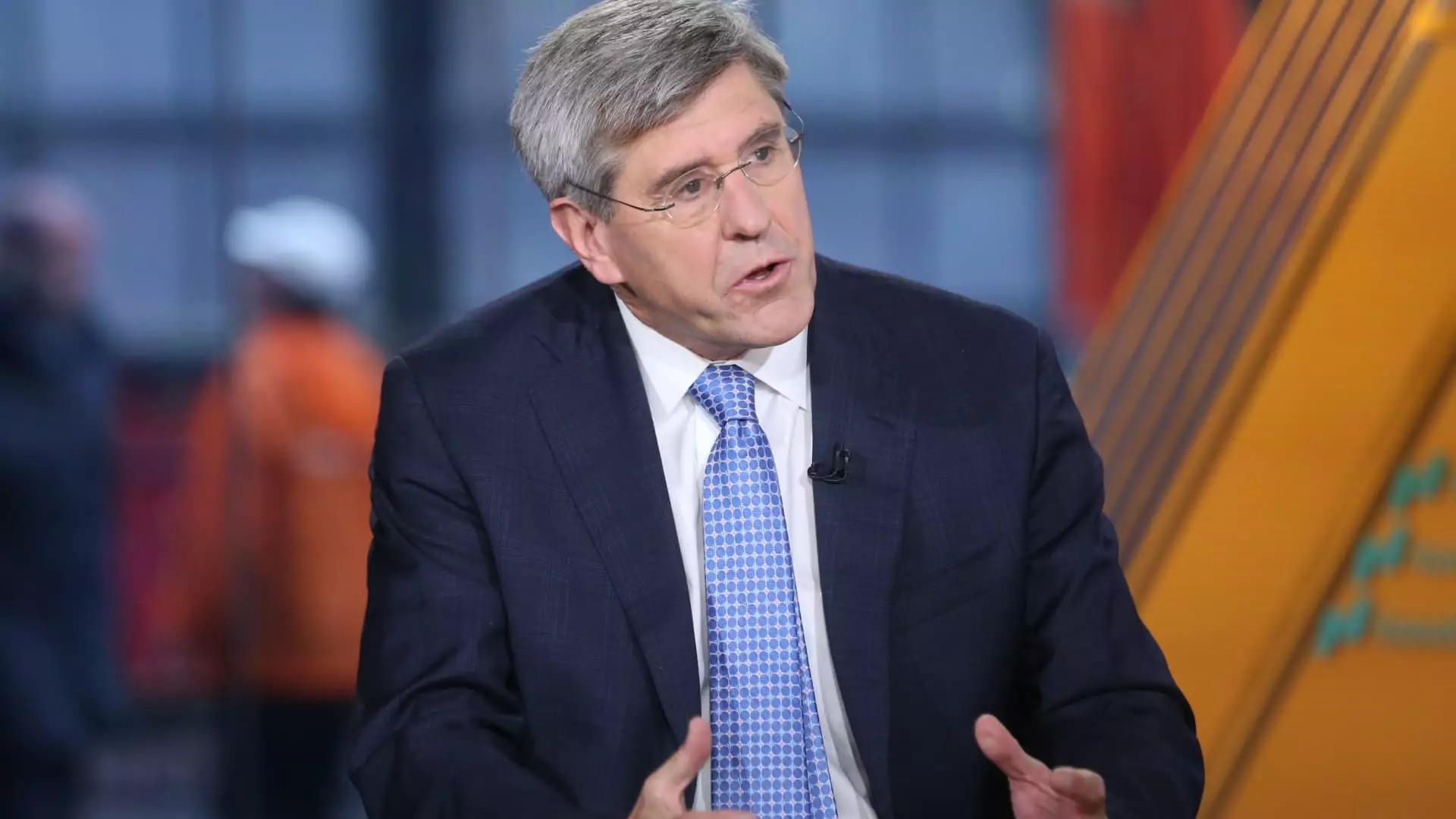The intricate landscape of U.S.-China economic relations has increasingly become a focal point for dialogue among policymakers, economists, and global leaders. The tension escalated significantly during Donald Trump’s presidency, when tariffs emerged as a primary weapon in the trade arsenal aimed at countering what was perceived as China’s aggressive economic practices. Stephen Moore, a former advisor to Trump, emphasizes that the ramifications of these tariffs underscore a deeper strategic contest for global economic influence.
Moore characterizes the tariffs against China not as mere economic sanctions, but rather as a crucial component of a broader strategy aimed at negotiating dominance in the international playing field. He states that while tariffs were initially introduced as a mechanism to protect American interests, they quickly morphed into tools for strategic negotiation. This reflection raises questions about the utility of tariffs as instruments for achieving specific economic objectives versus their impact on the global economy at large.
The differentiation in pain thresholds between the U.S. and Chinese economies accentuates this dynamic. Moore contends that China’s economic resilience is waning in comparison to the U.S., suggesting that the repercussions of escalating tariffs would likely affect China more acutely. This assumption needs careful examination; while it’s true that certain sectors in China may be under duress, the globalized nature of trade means that U.S. industries could also suffer unintended consequences from such tensions.
Moore’s reluctance to characterize the current scenario as a full-fledged “trade war” is telling. It suggests a nuanced understanding of the economic landscape wherein not all confrontations lead to a severe economic breakdown. The term “trade skirmish” indicates a potentially limited scope of conflict and urges a focus on pragmatic solutions instead of escalating rhetoric that could destabilize both economies.
Despite the suggestion that neither country can ‘win’ against tariffs ramping up, the term “trade skirmish” may underplay the profound implications these tensions have on global supply chains, particularly in sectors such as technology and agriculture. As this conflict unfolds, the fallout may lead to realignments in global economic partnerships and could encourage nations to seek alternative markets, stoking further unpredictability in the trade landscape.
Moore’s remarks on European relations underscore an essential factor in U.S.-China dynamics: the need for allies in navigating these turbulent waters. The juxtaposition of U.S. and Chinese interests leads to a decisive moment for countries like the UK and Australia, which face a choice between aligning with either economic giant. The assertion that the global balance hinges on resisting China’s influence is contentious and conveys a sense of urgency that may oversimplify complex geopolitical considerations.
Moreover, the burgeoning trade disputes within Europe, such as the ongoing spat over electric vehicle tariffs, showcase that the ramifications of these U.S.-China tensions extend far beyond the two countries themselves. With multiple players involved, the interdependence illustrated within international trade highlights the potential for a domino effect should these disputes escalate further.
On the surface, the push for tariffs on imports from Mexico, Canada, and China relating to drug trafficking appears to be a safeguard for public health. However, it invites scrutiny regarding how trade policy interacts with public safety initiatives. Moore’s alignment with Trump’s aggressive stance illustrates a sentiment that economic policies may occasionally need to sacrifice some bilateral trade benefits for the sake of national security.
The pushback from China regarding American drug policies highlights the complexities of addressing domestic issues within the realm of international trade—a reminder that while tariffs can serve multiple purposes, their motivations are not always straightforward. As countries pursue divergent national interests, the broader equilibrium of harmonious trade relations becomes precarious.
The discourse surrounding tariffs in U.S.-China relations reflects a deeper struggle for economic dominance, but also reveals the inherent complexities of modern trade. As the situation evolves, the challenge will be for policy-makers to strike a balance between protective measures for domestic goals, the implications for global partnerships, and the long-term sustainability of trade relations. Embracing dialogue and understanding that the repercussions of trade tensions can ripple far beyond initial intentions will be crucial in steering both nations towards a more stable economic future.


Leave a Reply